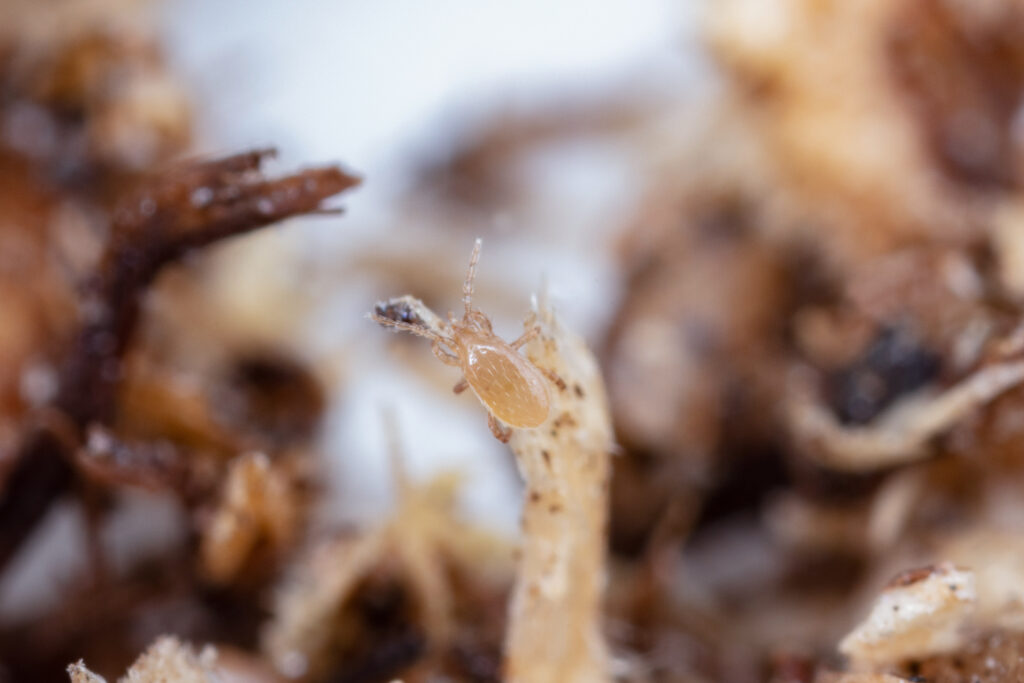
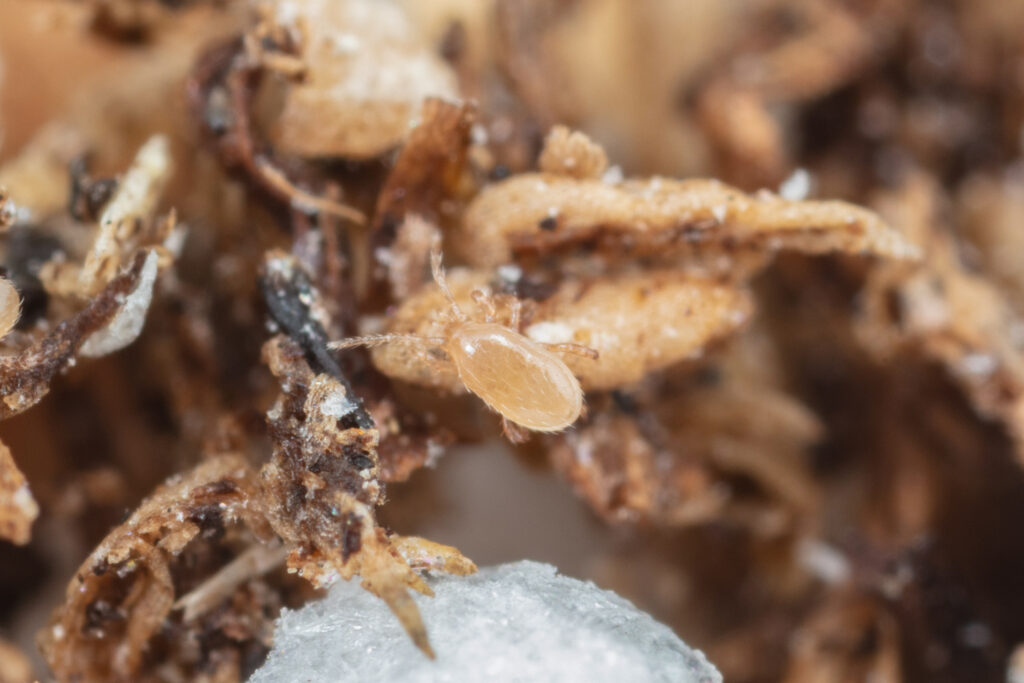
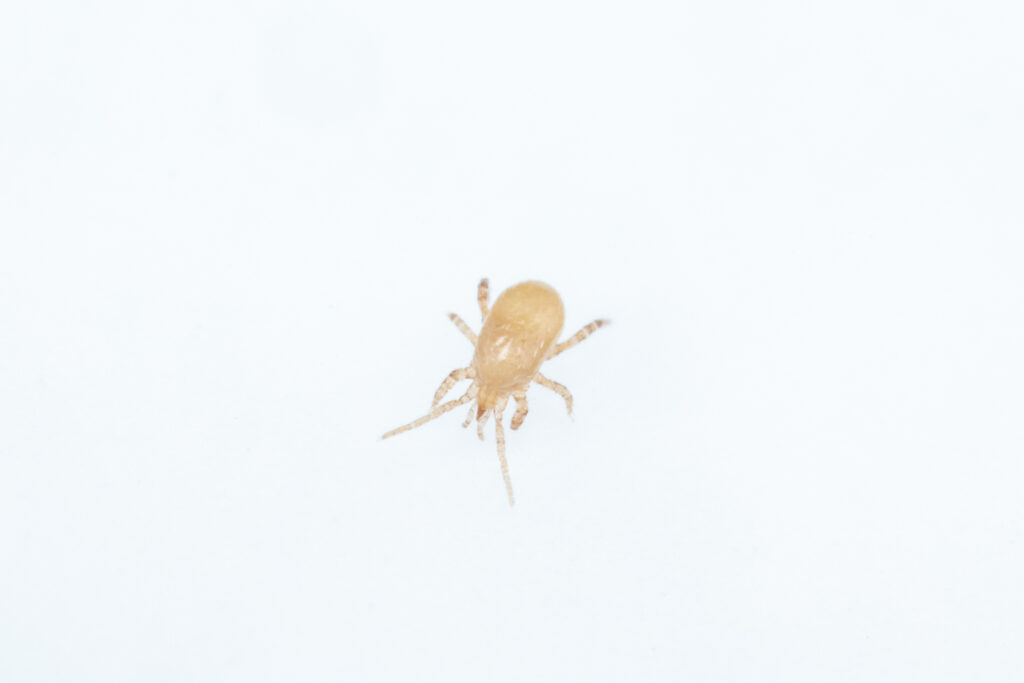
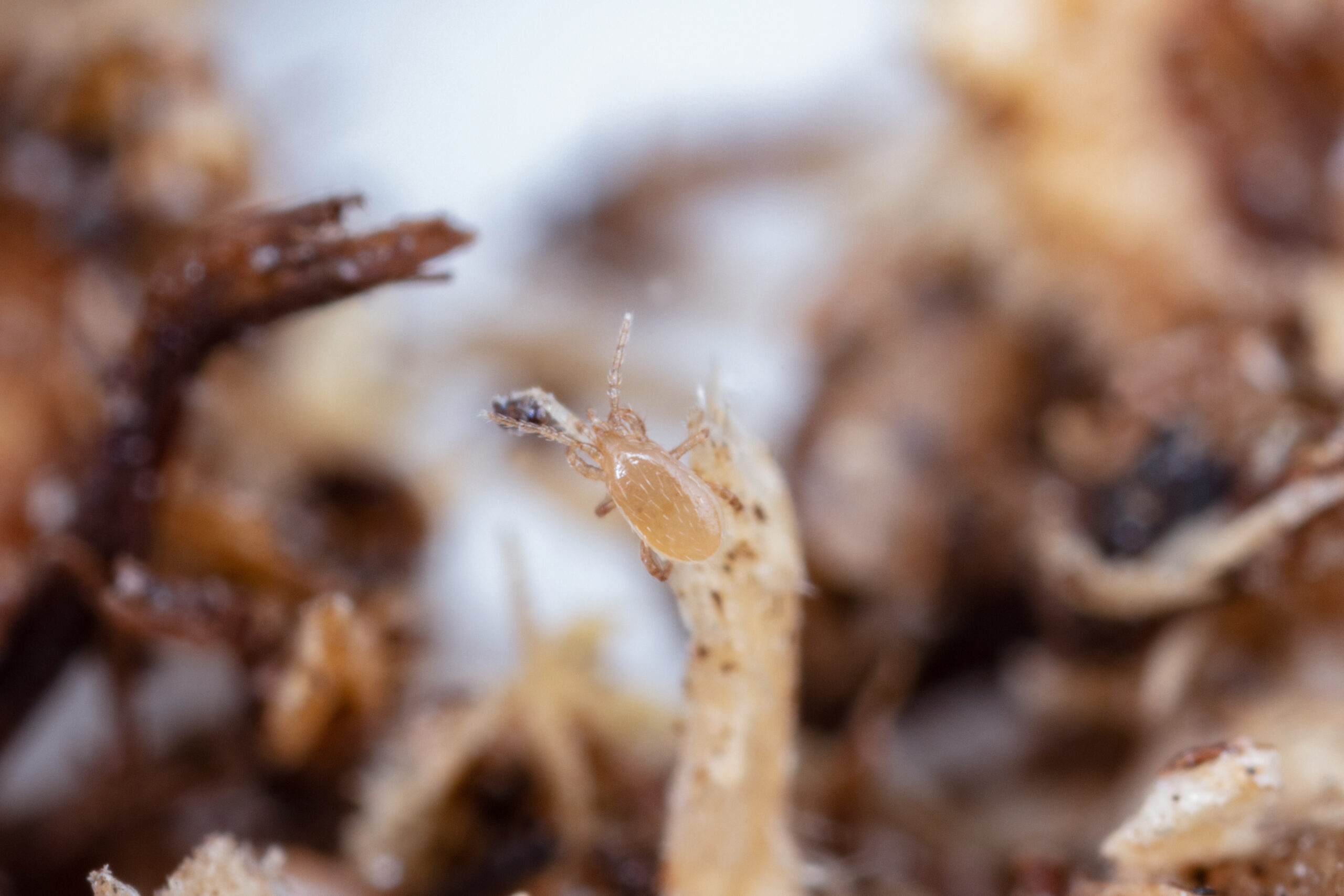
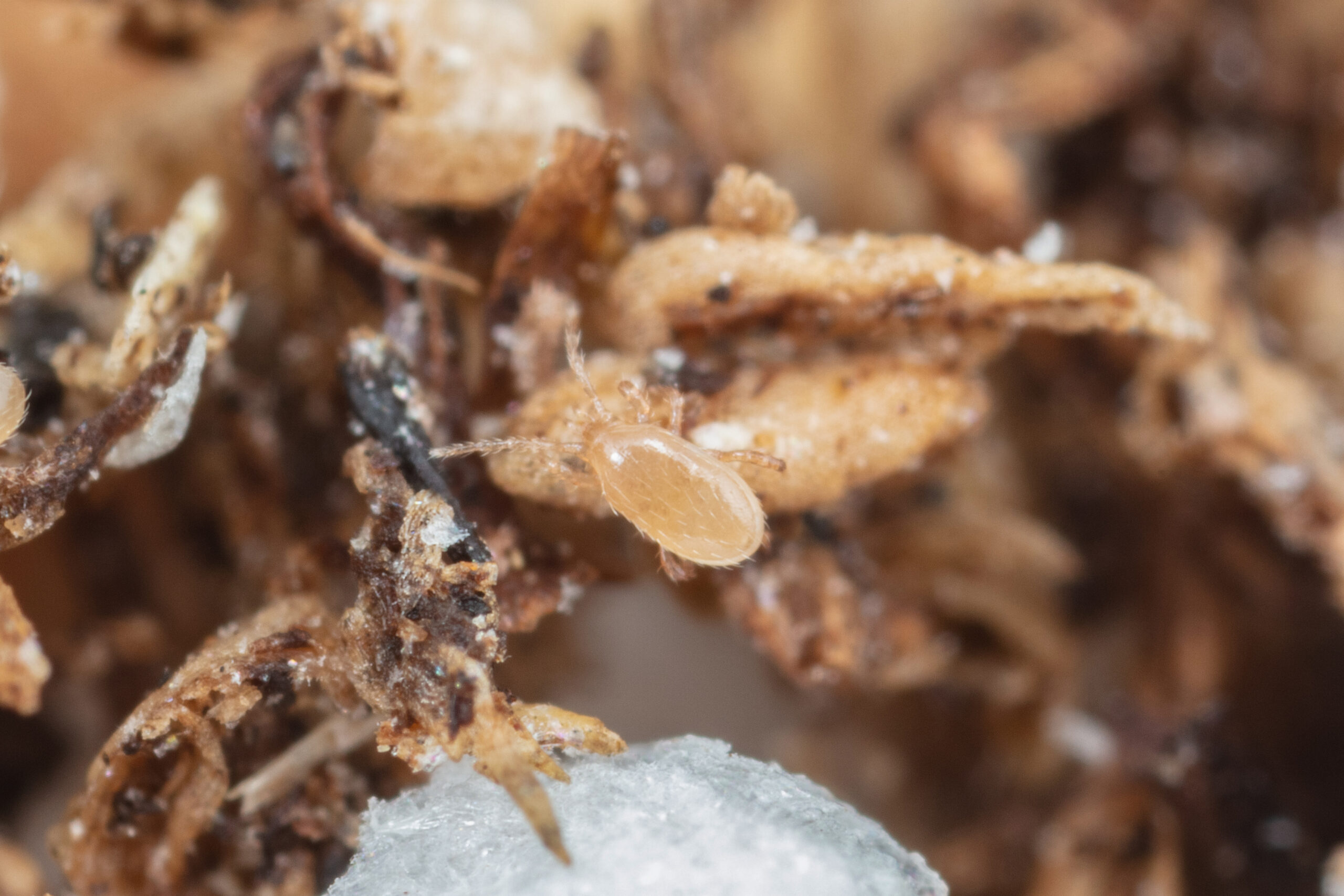
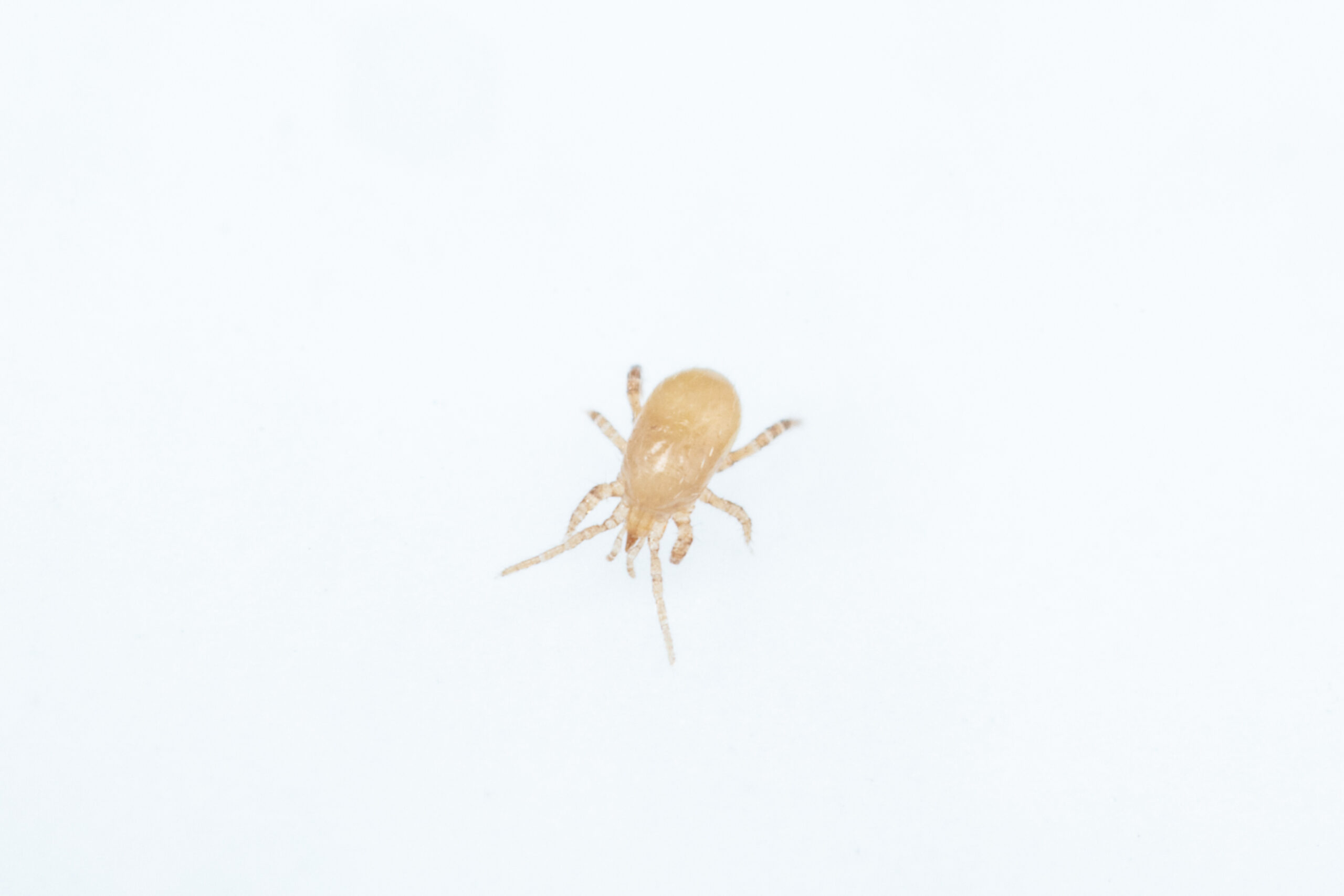
Gaeolaelaps gillespiei

Targeted crops
- Cannabis
- Garden centers
- Mushrooms
- Ornamental plants
- Vegetable crops :
- Cucumbers
- Lettuces
- Peppers
- Tomatoes, etc.

Targeted pests
Fungus gnats (Sciara sp. / Bradysia sp.)
Shore flies (Scatella sp)
Thrips (Thysanoptera sp.)

Application Instructions
Gaeolaelaps can be applied to different types of substrates such as potting soil, coco fiber, rockwool, etc. They adapt well to various growing media and capillary mats used in plant production, but do not survive freezing or flooding conditions. This predatory mite is very mobile and it can be found on the surface of the substrate, as well as the first few leaves of the plant; if food is lacking and they go searching. To properly establish Gaeolaelaps, introduce the predatory mite twice, 2-3 weeks apart. Reapply as needed if the pest population increases.

Storage Instructions
To ensure effective mite introduction, first thoroughly moisten the soil. Avoid overly-wet conditions or exposing to extreme temperatures – both refrigeration and freezing must be avoided. Gently turn the bottle of mites for best mixing before sprinkling them; give special attention to areas prone to ground fly infestation! Spread evenly over this area for consistent results.
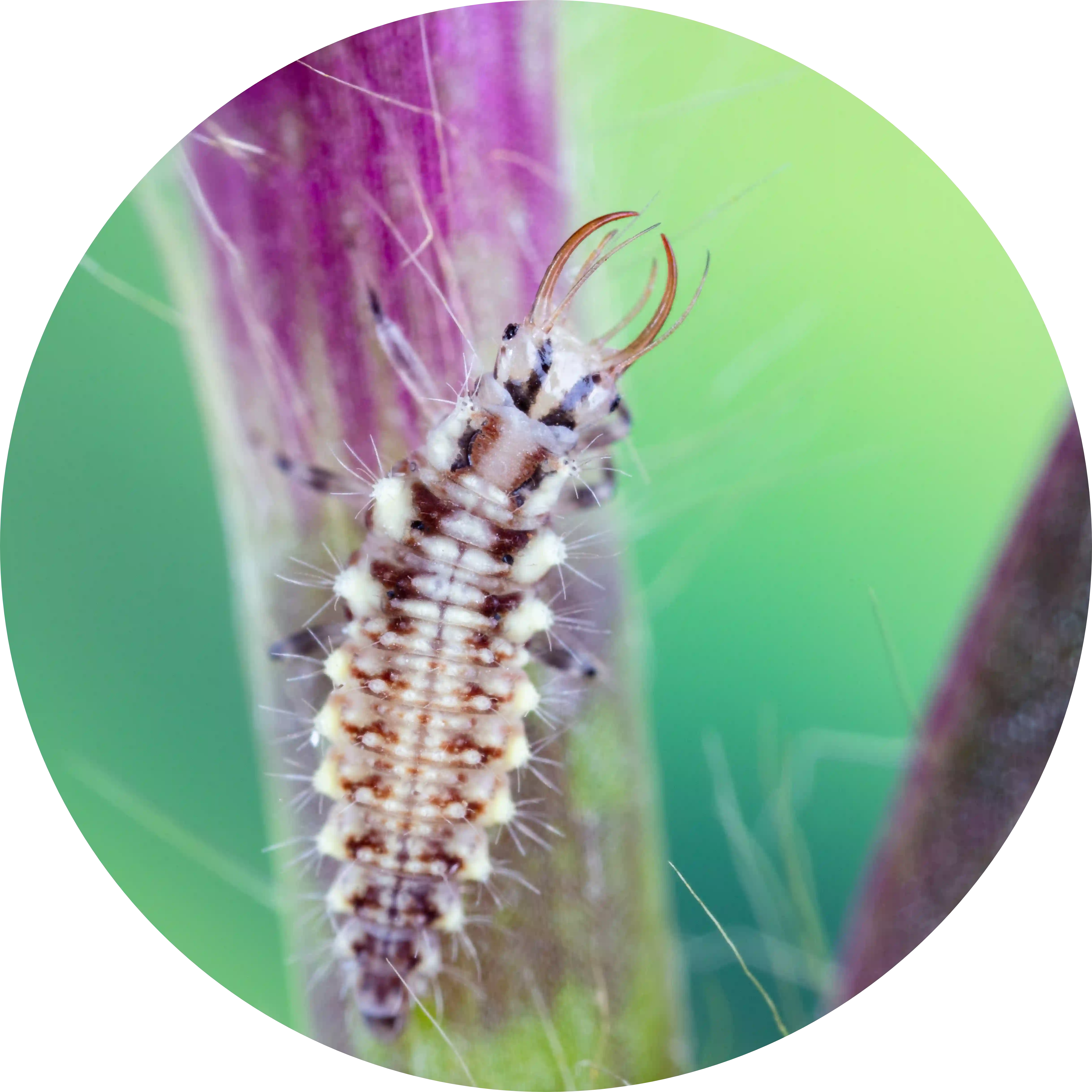




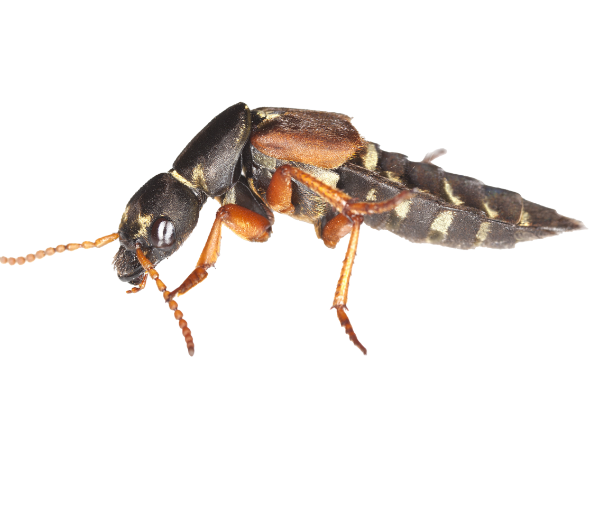

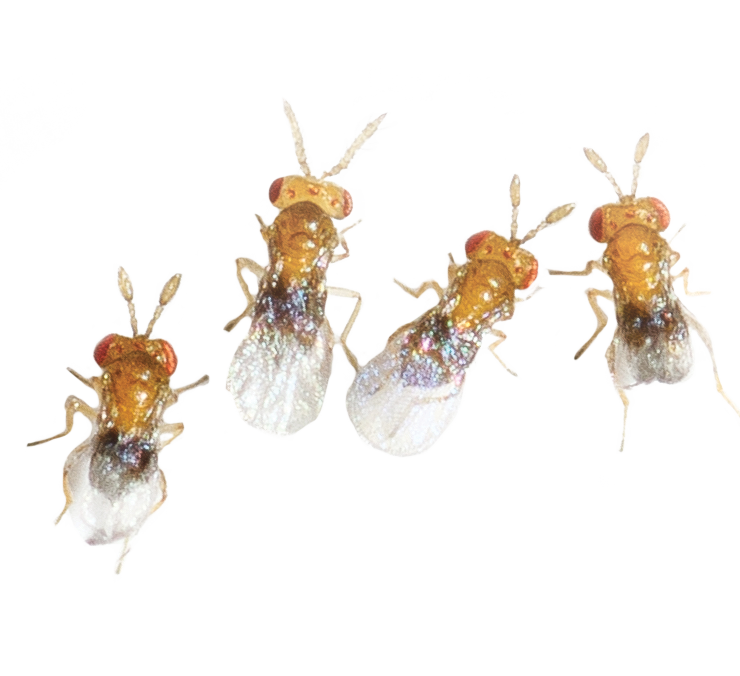
Description
Gaeolaelaps gillespiei is a native predatory mite to Canada, discovered 30 years ago. Its pear-shaped body can range from cream to brown in color, and the eggs measure 0.5mm. Compared to its cousin Stratiolaelaps scimitus, it has shown remarkable effectiveness at controlling soil-dwelling flies – with an ability to consume over 50% more fungus gnats than other predators of similar size.